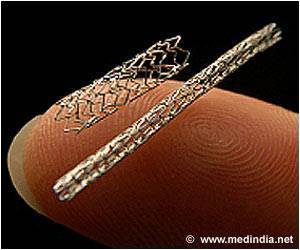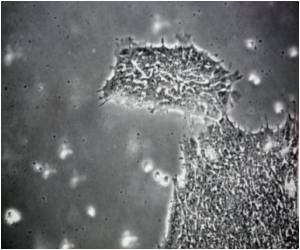The newly developed mouse model brings the assessment of bone replacing biomaterial to a new level.

‘A newly developed mouse model enables researchers to understand the molecular mechanisms involved in the interaction of bone with orthopedic implants comprised of novel biomaterials.’





The ease of
genetically modifying this mouse model makes it especially valuable in
designing novel biomaterials for use in regenerative medicine, as
describe in an article published in Tissue Engineering, Part C Methods, a peer-reviewed journal from Mary Ann Liebert, Inc., publishers.The article entitled "A Bone-Implant Interaction Mouse Model for Evaluating Molecular Mechanism of Biomaterials/Bone Interaction" is coauthored by Wenlong Liu and colleagues from Shenzen Institutes of Advanced Technology, Chinese Academy of Sciences, The University of Hong Kong, and The Chinese University of Hong Kong, Shenzhen, China. They present results demonstrating the feasibility and reliability of the mouse model using various biomaterials.
"This very accessible and elegant model brings the assessment of bone replacing biomaterial to a new level," says Tissue Engineering, Part C: Methods Co-Editor-in-Chief John A. Jansen, Professor Dentistry - Biomaterials, Radboud University Medical Center, Nijmegen, Netherlands.
Source-Eurekalert









